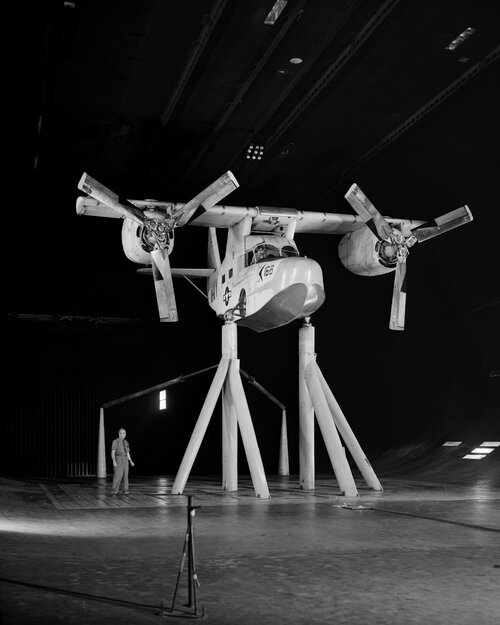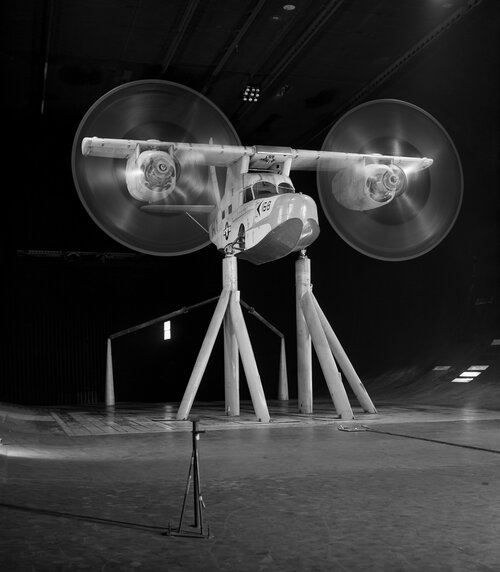- Joined
- 4 May 2008
- Messages
- 2,439
- Reaction score
- 762
Hi, I'm looking for information on an unusual VSTOL (a seaplne at that!), the Kaman K-16B - any goodies that are not immediately obtainable by the usual searches. The best i could find so far comes from http://www.aviastar.org/helicopters_eng/kaman_k-16.php, including the pic below.
I checked on the forum, and this was not discussed. It's a curious bird, and though a testbed was built, it was never flown. Do you know anything more specific?
I checked on the forum, and this was not discussed. It's a curious bird, and though a testbed was built, it was never flown. Do you know anything more specific?


























